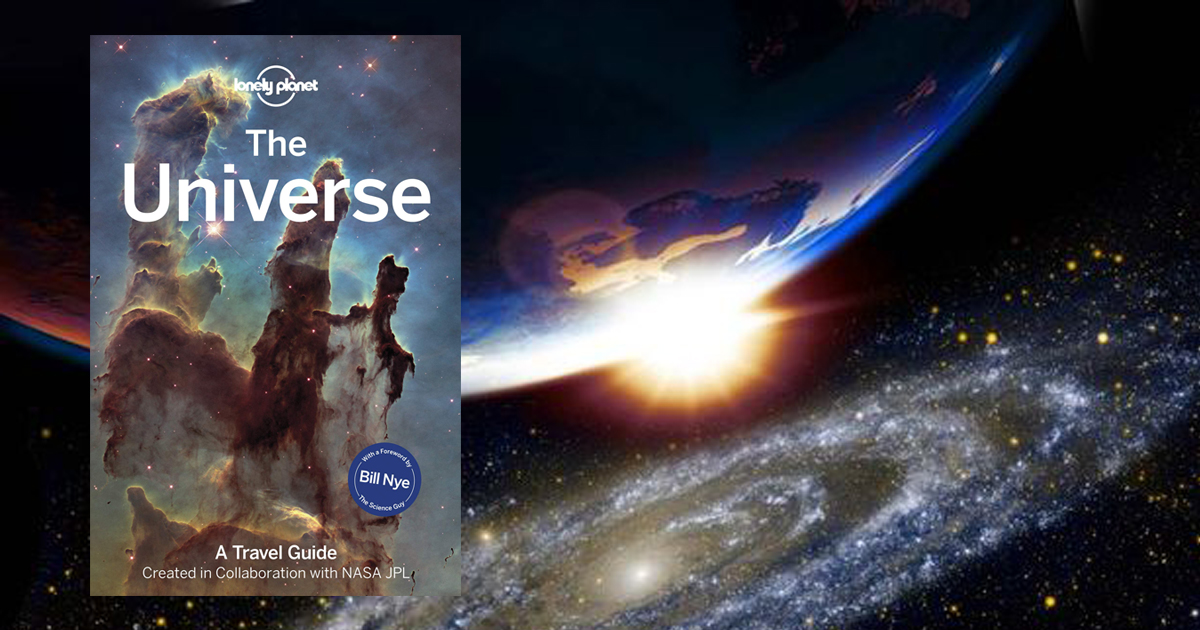Lonely Planet is journeying further than it ever has before with the world’s first and only travel guide to The Universe, created in collaboration with NASA’s Jet Propulsion Laboratory (JPL), and published this month.
Developed with the latest data from NASA, and featuring a Foreword by award-winning science educator Bill Nye the Science Guy, Lonely Planet’s new book touches down on the planets of our solar system, before continuing to the edge of the known Universe via exoplanets, newborn stars, supernova remnants, galaxy superclusters and more, as it discovers space’s most astonishing sights.
Lonely Planet’s new book touches down on the planets of our solar system, before continuing to the edge of the known Universe via exoplanets, newborn stars, supernova remnants, galaxy superclusters and more, as it discovers space’s most astonishing sights.
Lonely Planet: The Universe
Featuring 608 pages, 553 photos, and 124 planets, The Universe follows in the successful tradition of Lonely Planet’s 2014 best-selling guide to The World, which is also still available.
- In stores now
- 197mm x 128mm
- Hardcover
- 608pp
- Full colour
- Price: US$29.99
Highlights of The Universe
- The Solar System – Detailed planetary guides with local highlights and facts;
- Into Outer Space – Discover more than 150 amazing stars, exoplanets and galaxies;
- The Science of Space – Get the low-down on space travel, physics and NASA’s research.
According to Lonely Planet, readers will have a sense for the structure of the entire Universe as well as some of the big questions we still have as we ponder our place in it by the end of the book.
Lonely Planet’s new book touches down on the planets of our solar system that are not visible with the human eye even with stargazing binoculars, before continuing to the edge of the known Universe via exoplanets, newborn stars, supernova remnants, galaxy superclusters and more, as it discovers space’s most astonishing sights.













